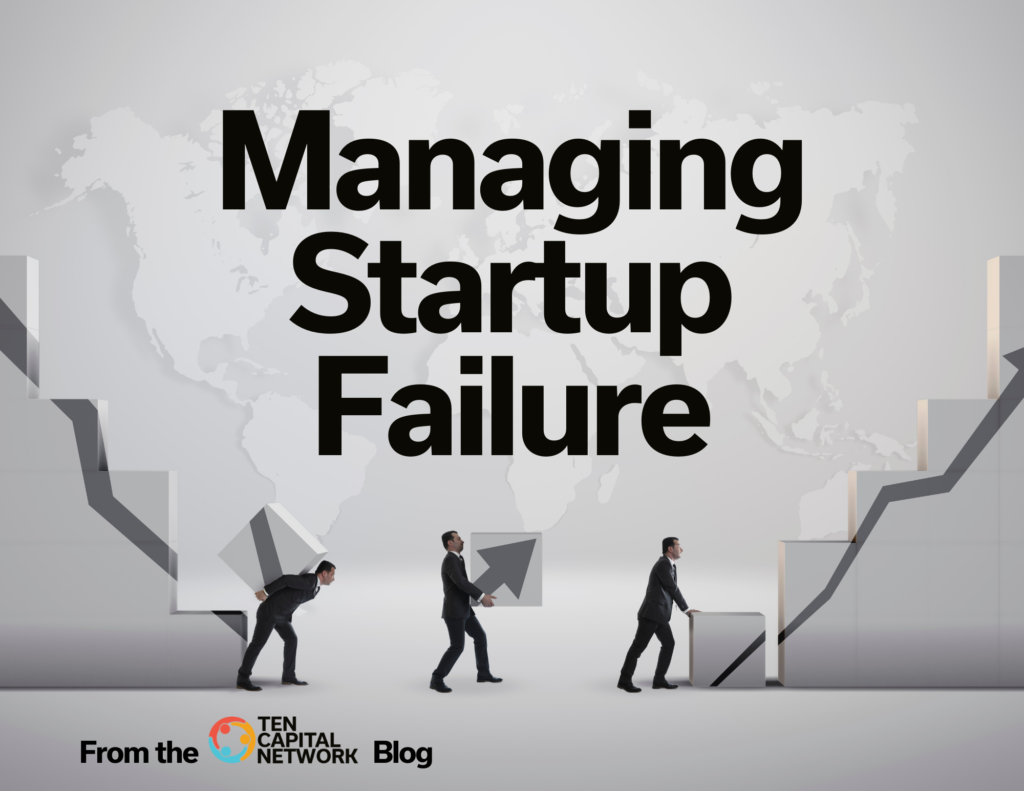2 min read Not every startup launched can be a success. It’s okay to fail. The important thing is that you recognize when the startup is failed and exit early. This allows for as much redemption as possible. Fail, but fail smart. In this article, we discuss early-exit procedures and redemption strategies.
But first, let’s take a look at startup success and failure rates.
Startup Success Rates
The early-stage failure rate of startups is quite high. Out of 100 startups, only 40% go to the next level at Series A. Only 22% of startups reach Series B. Only 15% of startups reach Series C. Only 8% of startups reach Series D.
As for the success rate, only 9% of pre-seed companies reach an acquisition. Only 12% of Series A companies reach an acquisition. Only 14% of Series B companies reach an acquisition. The most any startup can reach an acquisition is 16%.
The failure rate is near exponential. It’s a hit business. You have a hit or you most likely will lose your investment.
Redemption Strategies
In an early-exit term sheet, the investors have the right to redeem their stake in the company before an acquisition. There are several redemption exercise strategies.
The first strategy is to recover the principal investment. This makes the investor whole and now lets them play with “house money”.
The second strategy is to place a third of the shares into a cash redemption to recover the initial investment, a third into the company as an equity stake, and a third as a cash redemption to place into the next startup. This keeps the investors’ fund evergreen, supports the current company, and expands the portfolio.
The third strategy is to take half in debt and leave the other half for equity. This evenly divides the funds into both sides of the investment options. These are the most common strategies investors use to redeem their stake in an early exit term sheet. It’s important to take into consideration the needs of the startup and how best to support them.
Payback Plans
Not every funded startup continues on the venture path to a high payoff from the sale of the business. For those startups, investors using an early-exit term sheet can find a path out of the deal.
There are several options for the startup to pay back the investors. The company can use a revenue share agreement. While the funds may not be available immediately for payback, the company can pay out of incoming revenue over time. This is typically 2-3% of top-line revenue and is paid monthly. In many cases, this will take more than a year to pay off.
Other options include the following:
- The CEO can put the company up for sale and pay off the investors with the proceeds.
- The CEO can pay off the debt or assume the note with a personal guarantee.
- Other investors in the company can buy out the early-exit investors as well.
- The follow-on investors can pay off the debt to remove the investors from the cap table.
- The company could declare a dividend to the investors and pay it out over time.
The purpose of the early-exit term sheet is to provide the investor a path out of the deal.
Operational Involvement
In managing an early-exit term sheet, it’s important to facilitate the ongoing information rights due to the investors. Most term sheets provide rights to the company’s financial statements, including the income statement and balance sheet as well as the cap table. This duty is often left up to the founder to follow up.
In the rush to close sales, hire employees, and make the company successful, the founder sometimes leaves the information rights duty undone. For an early-exit term sheet, it’s important to maintain this duty. It’s best to set up a service that accesses this information regularly, say monthly to provide the investors the information.
Most investors believe that legal control is the best way to enforce the terms and conditions of the term sheet. A better way is operational control. By gaining access to the company’s accounting system and bank account, the investors gain a better understanding of the company. The more the investors know the company’s situation, the more they can help the company achieve its goals.

Hall T. Martin is the founder and CEO of the TEN Capital Network. TEN Capital has been connecting startups with investors for over ten years. You can connect with Hall about fundraising, business growth, and emerging technologies via LinkedIn or email: hallmartin@tencapital.group





